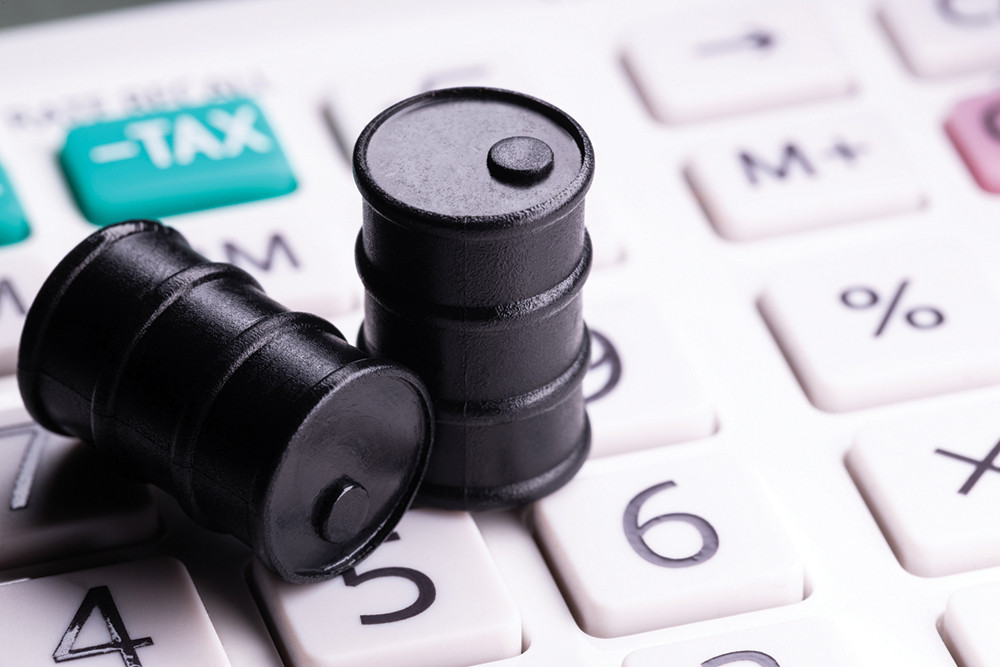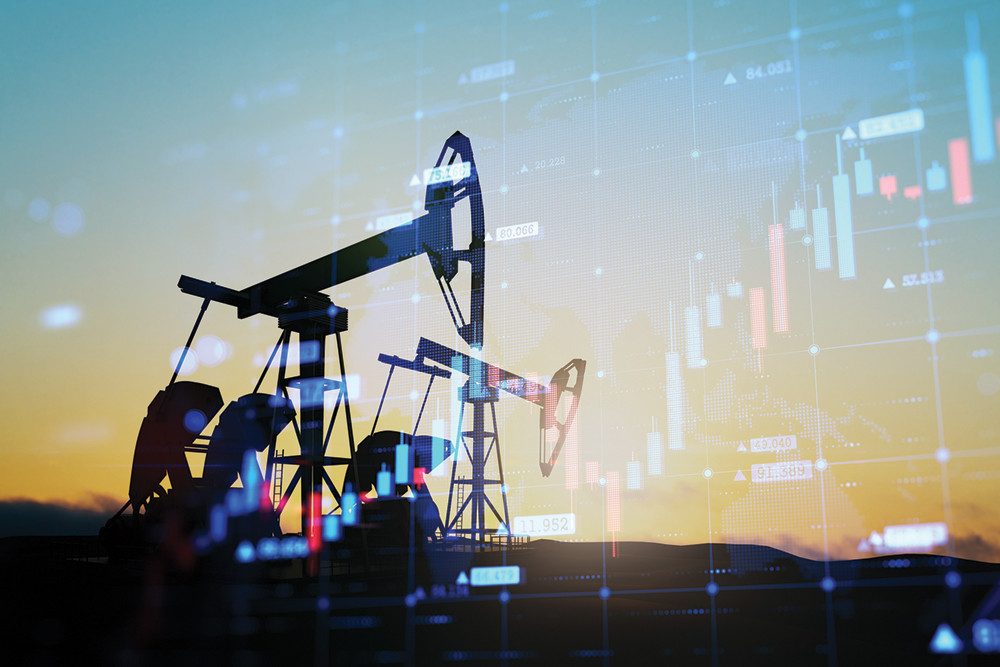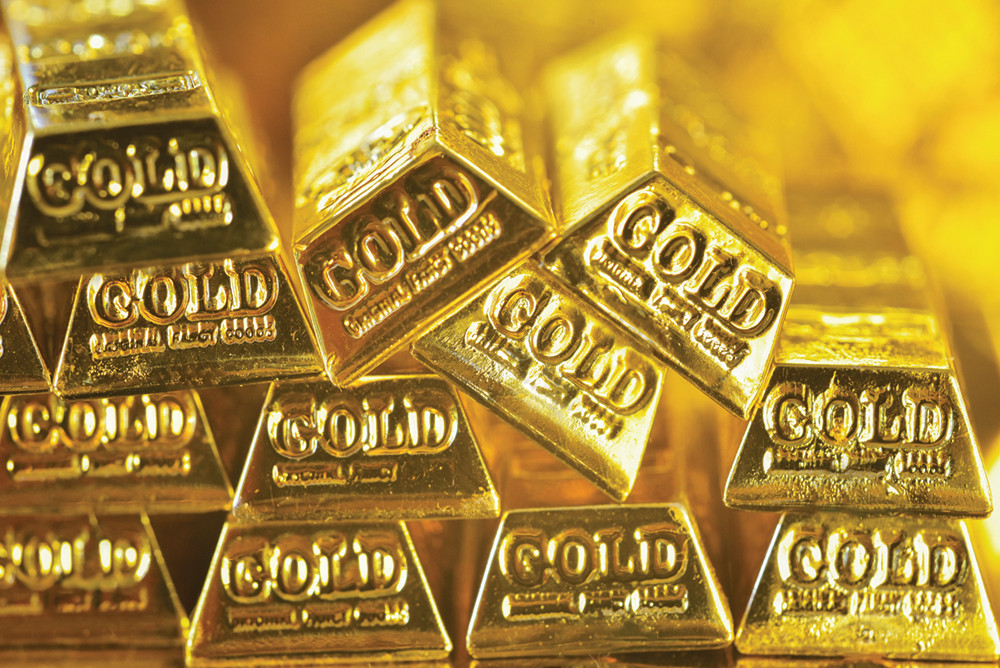
The U.S. economy has been on a incline and part of this turnaround has to be attributed to oil and its numerous facets. Since the beginning of the year, oil prices have risen like a phoenix from $45.78 per barrel to $66.57 per barrel in April 2019. Although the prices took a beating in May, they have rebounded and now stand at $58.80 per barrel at the time I write this article.
The US economy has witnessed a long and winding ride to its current stability. The previous four GDP numbers, going back to the first half of 2018, averaged at +2.85 percent along with two of the figures shooting above 3%. Among the various factors contributing to the rise in GDP, a robust tech sector along with the revival of the manufacturing sector has favoured the U.S. achieving the designation of the largest crude oil producing nation in the world with an astounding production of 12.2 million barrels per day.
The one title that the U.S. has strengthened its position in year after year is being the number one natural gas producing nation in the world. The status quo has not changed and is also not likely to change in the future. The energy sector growth has contributed immensely to the GDP growth accounting for 7.6% of the U.S. GDP and 5.6% of the total employment according to a recent report by the American Petroleum Institute (API).
The rise and fall in energy prices have always been thought of as either hike in taxes on the consumer in the case of rising energy prices, or a surplus to the consumer in the case of falling prices. While the preceding connotation is usually true, in the U.S., it is now also an addition to the nominal GDP or a minus. Mining in the previous year, including oil and gas extraction industry, inclined 38% in the last quarter in terms of real value added after a minimal increase in the third quarter. According to a report by the US Bureau of Economic Analysis (BEA), the statistic was the largest jump since the last quarter of 2008. The real gross output for the mining sector only increased 9.5% in the last quarter after inclining 12.7% in the third quarter. Factors attributing to the increase were the hike in oil and gas extraction. The liquids associated with natural gas increased $0.4 billion while fuel oil and other petroleum products increased $0.3 billion each respectively.
Hence the question arises- how does the economy get a real value boost despite lower output and falling prices during the term. The answer is through growth in capital expenditure. The oil and gas extraction accounts for approximately 1.8% of the GDP according to the report from BEA. In hindsight, supporting the extraction makes the overall industry a much larger factor. The rig counts have indeed fallen but wells are not the only source in the oil and gas sector. Other invaluable factors are infrastructure, equipment production, refinery expansion and transport such as storage services, pipelines and export terminals.
The global oil and gas spending capital has been on a steady rise for two straight years but the collapse in oil prices during the latter half of 2018 had market analysts speculating that a revival in capital expenditure will not happen anytime soon. While slowing down on an annual basis, capital expenditure could be restored if prices stay elevated considering more than 26% rise in crude oil prices in 2019. According to a report commissioned by API, the Oil and Gas industry will be spending between $1.059 trillion and $1.3 trillion on cumulative Regional Capital Expenditure for Oil and Gas Infrastructure from 2017 till 2035.
Market pundits have opined that if the above predictions come true and the prices rise slowly or even stall at current levels, the oil and gas industry will continue to add to the GDP as a tailwind, and the US oil and gas boom will continue with no end in the distant horizon. Countless factors including trade wars, geopolitical supply, demand disruptions will add as much or more volatility along with energy company capital expenditure plans.
Vivek Risal is associated with Mercantile Exchange Nepal Limited in the capacity of Manager in Research and Development Department. He can be contacted at r&[email protected]





